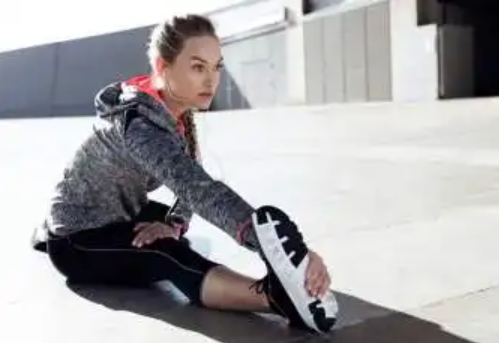Varicose veins are a common condition affecting the superficial veins, particularly in the legs, and can cause discomfort and cosmetic concerns . They are often hereditary and can be exacerbated by factors such as obesity, age, and being female . Prolonged standing or sitting can also increase the risk due to the pooling of blood in the lower limbs .
Prevention and delay of varicose veins can be achieved through several lifestyle modifications and self-care practices. Here are some strategies that can be helpful:
- Avoid High Heels and Tight Clothing: High heels can increase pressure on the veins in the feet and legs, while tight stockings can restrict blood flow. Compression stockings specifically designed for this purpose are an exception and can be beneficial .
- Regular Movement: Changing positions often while sitting or standing can promote blood flow and reduce pressure on the veins .
- Healthy Diet: Consuming a high-fiber, low-salt diet can help maintain overall health and prevent conditions that may exacerbate varicose veins, such as constipation and fluid retention .
- Exercise Regularly: Physical activity strengthens the muscles in the legs, which act as pumps to help blood flow back to the heart .
- Elevate Legs: When sitting or lying down, elevating the legs can help reduce pressure in the veins of the lower body .
- Maintain a Healthy Weight: Excess weight can put additional pressure on the veins, so keeping a healthy weight is beneficial .
In addition to these preventive measures, it’s important to be aware of the symptoms of varicose veins, which can include dark purple or blue veins that are twisted and bulging, an achy or heavy feeling in the legs, and pain after prolonged sitting or standing . If these symptoms are present and self-care measures are not helping, consulting a healthcare professional is advised .
For those who already have varicose veins, treatment may involve exercises, raising legs when sitting or lying down, wearing compression stockings, or medical procedures to close or remove the affected veins . It’s also crucial to understand that varicose veins can deteriorate over time, leading to more serious complications such as ulcers, blood clots, bleeding, and leg swelling, which warrant medical attention .
Current best practices in the management of varicose veins include the use of venous duplex ultrasound for investigation, and endovenous thermal ablation for treating truncal vein incompetence. In some cases, other treatments such as phlebectomy or coil embolisation may be necessary . It’s also important for healthcare providers to monitor and report outcomes, potentially through a venous registry, to ensure the best patient care .
Remember, while these measures can help prevent and manage varicose veins, they are not a substitute for professional medical advice. If you have concerns about varicose veins, it’s important to consult with a healthcare provider to discuss your symptoms and receive appropriate treatment.

